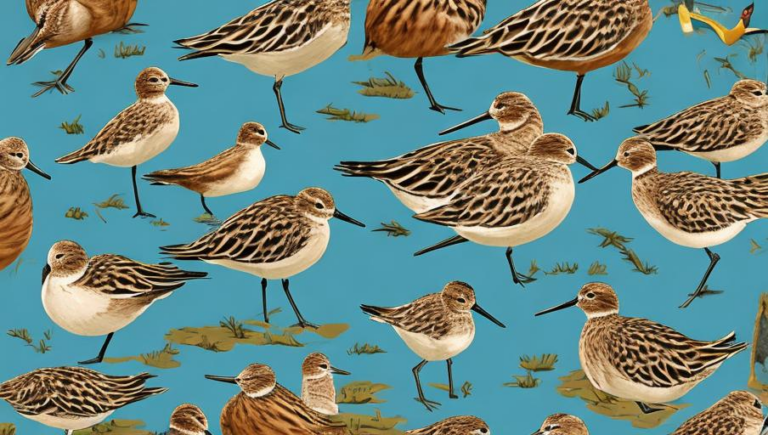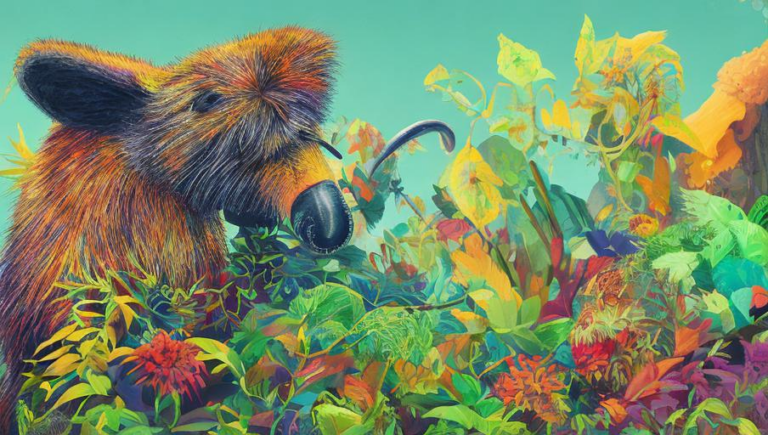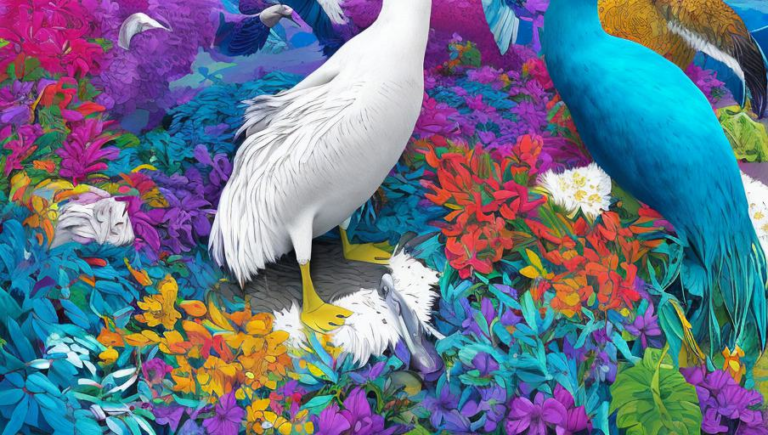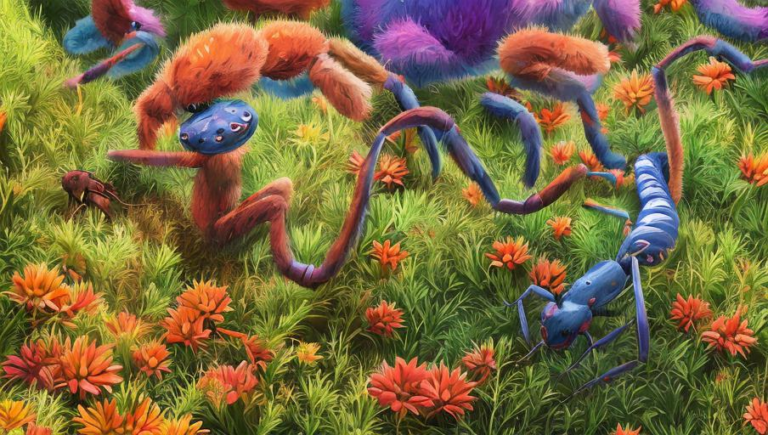Young Caterpillars: Early Development
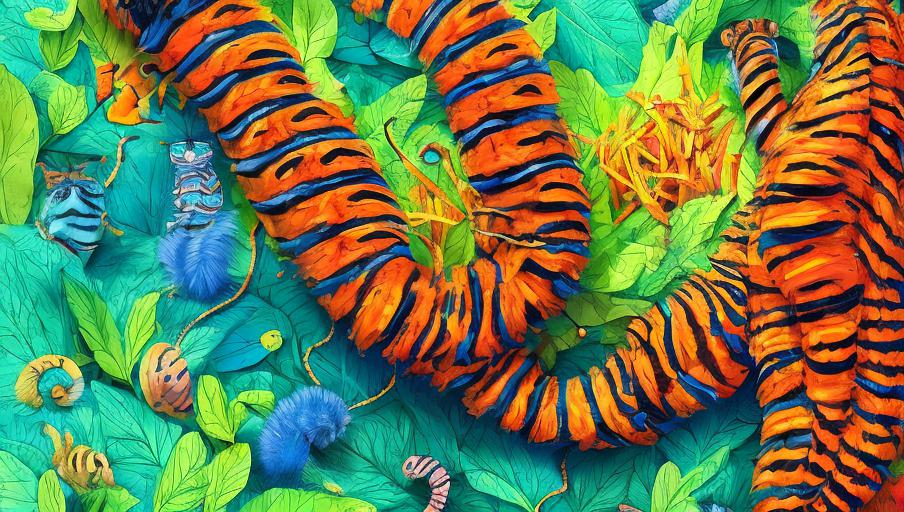
Introduction
Caterpillars are among the most fascinating creatures on earth, and the early development of young caterpillars is especially intriguing. From hatching out of an egg to forming a chrysalis, caterpillars go through a remarkable transformation. In this article, we’ll explore the fascinating life cycle of the caterpillar and how they develop during their early stages.
Hatching Out of an Egg
Caterpillars hatch from eggs that are typically laid by the adult butterfly or moth. Depending on the species of the insect, the eggs can be laid in clusters or singly. The eggs hatch within a few days to a few weeks, depending on the temperature and the species. When the caterpillar hatches, it is tiny and has a hard shell. It will molt several times in its early stages of development as it grows larger.
Feeding and Growing
Once the caterpillar hatches from its egg, it begins to feed on the leaves of plants. The caterpillar will molt several times as it grows and will consume more and more food. As the caterpillar grows, it will shed its skin and grow a new one. This process is known as molting. During this time, the caterpillar will begin to change color and its size will increase. After several molts, the caterpillar will be fully grown and will be ready to enter the pupal stage.
Forming a Chrysalis
When the caterpillar is ready to enter the pupal stage, it will begin searching for a safe place to form its chrysalis. The caterpillar will attach itself to a plant or other surface and form a protective cocoon. This cocoon is called a chrysalis, and it is where the caterpillar will undergo its transformation into an adult butterfly or moth. Inside the chrysalis, the caterpillar’s body will break down and reorganize, forming the adult insect.
Transformation into an Adult Insect
The transformation from a caterpillar to an adult insect is an amazing process. Inside the chrysalis, the caterpillar’s body breaks down and reorganizes, forming the adult features of the insect. This process can take several weeks or months, depending on the species. When the transformation is complete, the adult insect will emerge from the chrysalis and begin its adult life.
Conclusion
The transformation from a caterpillar to an adult insect is an incredible process. From hatching out of an egg, to feeding and growing, and finally forming a chrysalis, it is fascinating to watch these creatures go through their metamorphosis. By understanding the early stages of development of a caterpillar, we can better appreciate and protect these incredible creatures and their habitats.
